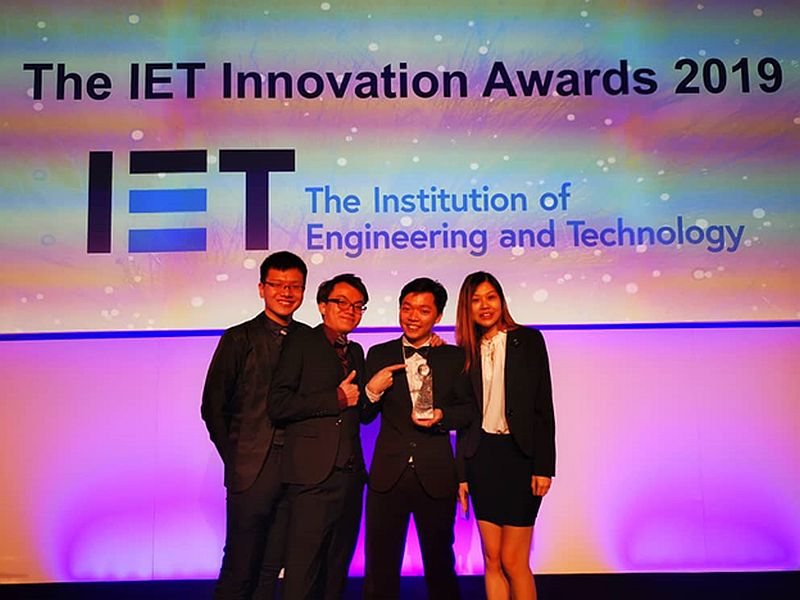KUALA LUMPUR, Nov 22 — A group of four Malaysian Ph D candidates won the Institute of Engineering and Technology Innovation Award at the Greenpeace Global Challenge in London recently.
The team, comprising four young nanotechnology researchers; namely Ivan Ling, Bao Lee Phoon, Chin Joo Tan and Chong Cheen Ong bested other participating teams from all around the world with their unique and innovative Picas (Packaging in Carrageenan and Starch) Blocks packaging technique to reduce the usage of single-use plastic packaging.
The four students are from University of Southampton Malaysia, Institute for Advanced Studies at the University of Malaya, Faculty of Engineering at the University of Malaya and Universiti Teknologi Petronas respectively.
The global challenge was open to young entrepreneurs aged 18 to 35 to propose an innovative solution and solve real-world plastic and toxic waste threat.
It was organised in collaboration with Greenpeace and GreenSeas Trust set to two very different challenges.
The Greenpeace challenge tasked the participants to propose breakthrough solutions for reusable packaging designs or new approaches for supermarkets to dramatically reduce their need for plastic packaging.

On the other hand, GreenSeas Trust added a different challenge by asking the participants to tackle the trillions of cigarettes that have already ended up in the ocean.
The winning ideas came from Team NanoMalaysia and Team Baywatchers, a group of students in Oxfordshire.
The Malaysian team, who won the Greenpeace scenario, developed the Picas Block that would provide an alternative for packaging dry, loose food products by using carrageenan and starch to create dissolvable food blocks.
It is designed in a bid to significantly reducing the amount of plastic waste from supermarkets.
The innovation, which was inspired by a traditional Indonesian bean cake called “tempeh”, proposed to bind dry food, especially beans with starch to mimic the structure of tempeh in the shape of a block.
A thin layer of carrageenan gel is further coated onto the block to shield the dried food from unwanted moisture.
Team leader Ling said they spent over half-a-year to test-out their idea and prepare for the competition.

“We tested different binding materials, including gelatine, sugar and alginate, but we settled down for a combination of starch as a binder and carrageenan as a protective layer,” he added.
According to Ling, the major advantage of Picas Blocks when compared to the other packaging techniques is that the block provides convenience to consumers while reducing the usage of single-use plastic packaging.
“The dried food or beans packed in Picas Blocks can be directly put into the reusable shopping bag together with other fruits and vegetables.
“On top of that, both starch and carrageenan are safe and edible materials, and would not cause harm to the environment,” he added.






















